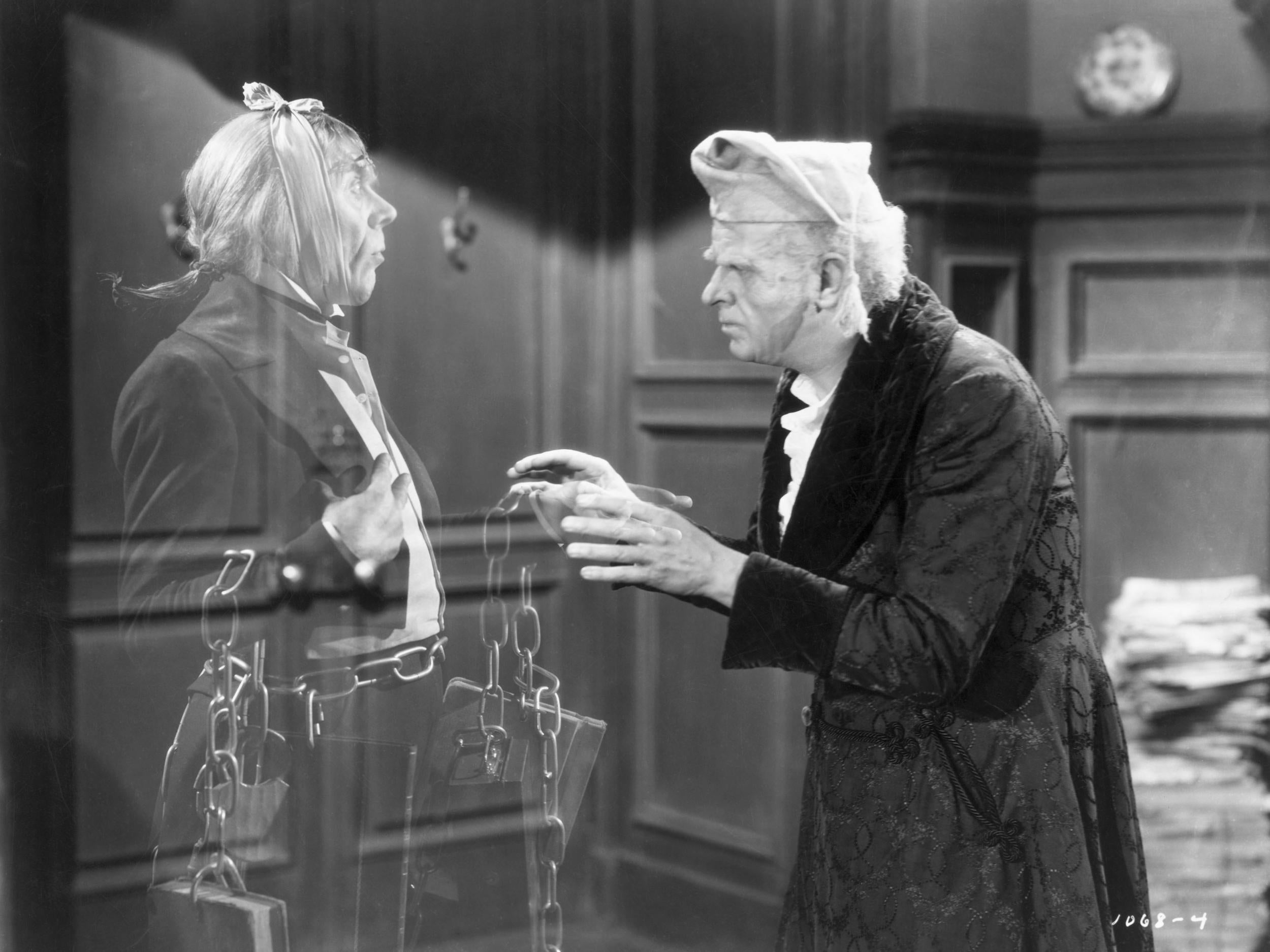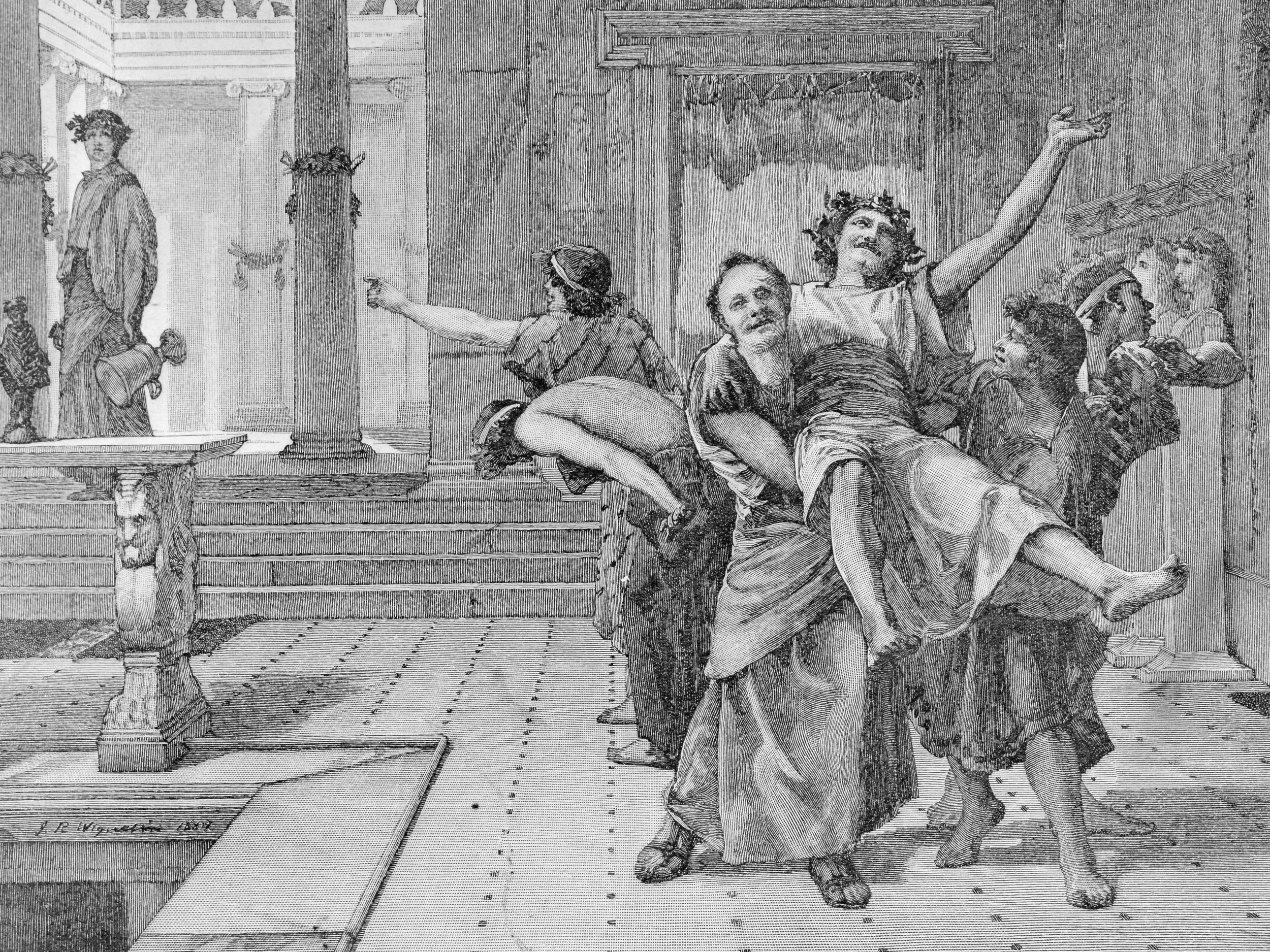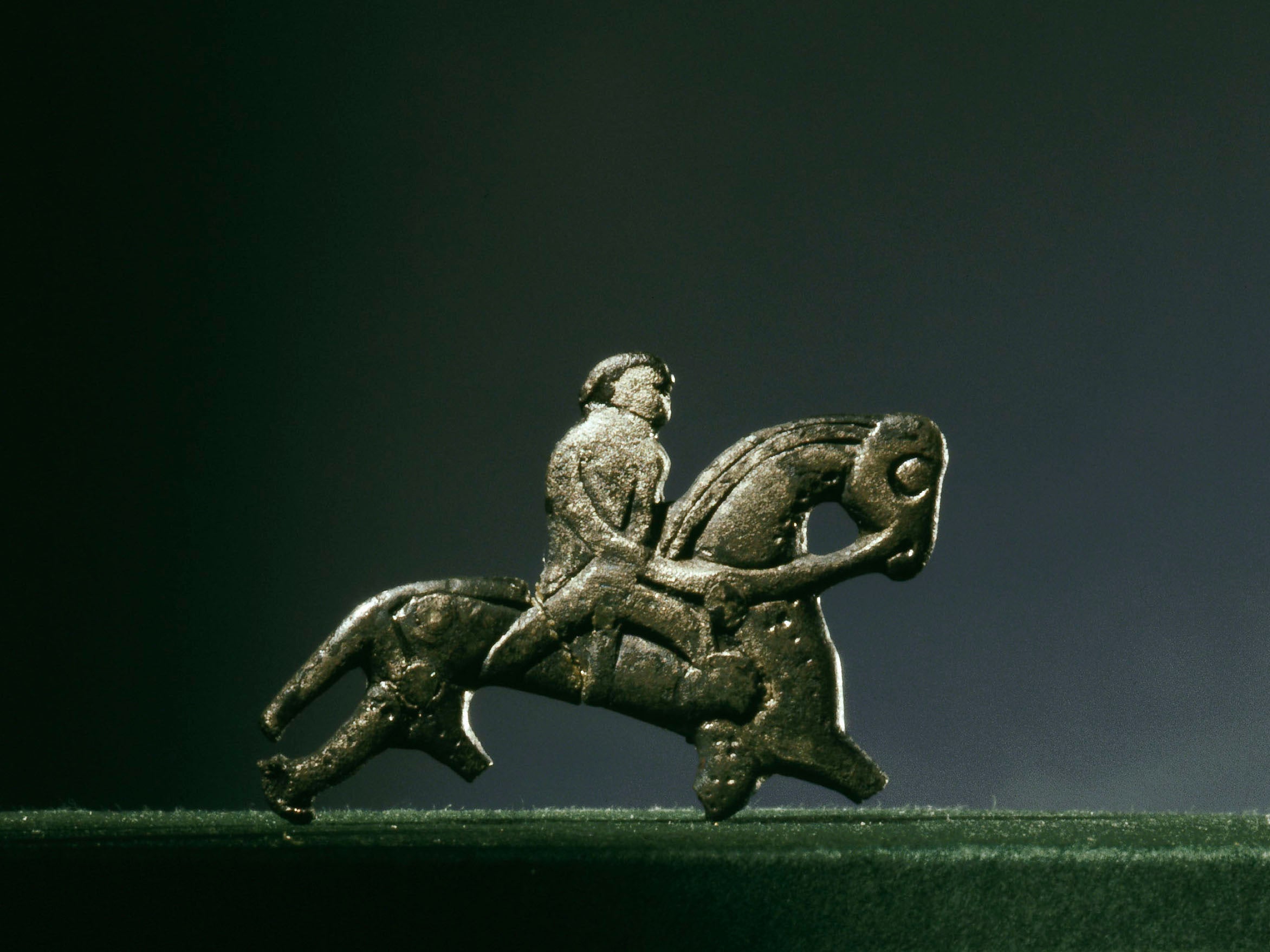The dark history of Christmas traditions
Peace, goodwill, tidings of comfort and joy… don’t you believe a word of it, says David Barnett, as he delves into the more sinister side of our festive customs

Your support helps us to tell the story
From reproductive rights to climate change to Big Tech, The Independent is on the ground when the story is developing. Whether it's investigating the financials of Elon Musk's pro-Trump PAC or producing our latest documentary, 'The A Word', which shines a light on the American women fighting for reproductive rights, we know how important it is to parse out the facts from the messaging.
At such a critical moment in US history, we need reporters on the ground. Your donation allows us to keep sending journalists to speak to both sides of the story.
The Independent is trusted by Americans across the entire political spectrum. And unlike many other quality news outlets, we choose not to lock Americans out of our reporting and analysis with paywalls. We believe quality journalism should be available to everyone, paid for by those who can afford it.
Your support makes all the difference.Little baby Jesus, three wise men and follow that star – that’s the true meaning of Christmas.
Or maybe it’s festive jumpers, panic-driven spending sprees, drinking too much and having an almighty row before the Queen’s speech.
Or perhaps Christmas is none of those things. After all, the celebration does have its roots in distant, pre-Christian times, and many of the traditions we hold dear today have darker and more sinister origins.
People have been marking the midwinter for far longer than the 2000-odd years since the birth of Christ… and even that’s in doubt, anyway. It was only in the year 340 AD that Pope Julius I fixed the date of Jesus’s birthday at 25 December.
Prior to that it was marked on at least three different other dates: 29 March, 6 January, and sometime in June – which historians today think is most likely, given that the nativity is meant to have occurred during a census-taking.
It was 250 years later that Julius’s successor a few times removed, Pope Gregory, gave the job to Saint Augustine of converting the heathen Brits to Christianity.
Fortunately, with the birth of Christ now established as 25 December, it gave Augustine a bit of leverage with the population who were already marking several midwinter festivals, ensuring they could take this new-fangled religion on board without losing the annual December piss-up.
Because the idea of getting blind-drunk at Christmas isn’t something invented by the Pogues and your dad. There were two major pre-Christian festivals of note which roughly coincided with Christmas: the Roman Bacchanalia, or Saturnalia, and the Yule Feast of the Norse countries.
The Saturnalia began on 19 December and lasted for the best part of a week, which sounds about right for those currently enmeshed in the Christmas party rush. Morality and restraint were politely shown the back door, schools were closed, no criminals were punished.
Slaves were allowed to swap places with their masters, and one was elected king for the duration of the festival. The wealthy distributed gifts to the poor.
The Roman god Saturn, in whose honour the festival was staged, was no benign Christ-figure or benevolent Santa, even though his party was eventually absorbed into Christmas. Ancient astrologers thought being born under the sign of Saturn was bad news.
As the god of the harvest, he wielded a vicious scythe, and devoured his own children. Well, they do say we eat a lot more at Christmas.

Of course, not many of us celebrate the Saturnalia still today. But vestiges of these old traditions and festival still remain, and you’ll probably have some dotted around your house right now. Take the mistletoe, a parasitical plant that grows on other trees, but which was once thought to have been a fully-formed tree in its own right, and which provided the wood from which Christ’s cross was made. Going back further, Norse mythology tells us of the god Balder who was killed by an arrow made of mistletoe.
But we mostly associate the plant with the ancient druids of old England, who legend says valued it so much they would cut it from the oak trees it grew with a golden sickle and catch it in a cloak or robe before it hit the ground, for if it did it would lose its special powers the druids were rumoured to use in medicine and rituals.
Which might be a good thing to recount as a distraction technique, if Derek from accounts tries to trap you under the mistletoe at the office party this week.
It used to be said that mistletoe was banned in churches because of its pagan associations, though York Minster – which itself has ancient links to the Vikings – used to hold a special Mistletoe Service where the city’s wrongdoers could beg the pardon of the church.
From mistletoe to the holly and the ivy, two Christmas staples. But be careful with them, for they reek of danger... and I’m not just talking about pricking your finger. According to old customs, holly should never be brought into your house before Christmas Eve or bad luck will result.
And you all know that your Christmas decorations should be taken down by Twelfth Night, or 6 January – one of Christ’s early birthdays, remember. But old English tradition says you shouldn’t just throw Christmas greenery out the door, or a death will occur in the house before the following Yuletide.
The customs were writ before the advent of the recycling wheelie bin, of course, so you might be able to circumvent them in that way. But perhaps a safer bet is to store holly and ivy in the house until next year – apparently, this is a sure-fire way of preventing a lightning strike on your home.
Perhaps you could save a sprig of holly to stick on top of the Christmas pudding, like what you see on Christmas cards but never actually in real life. But while you’re doing that, remember that the making of the Christmas pud is steeped in folklore as well.
It was once thought to be lucky to partake in the act of making the pudding, especially if the pudding was stirred east-to-west. Why? Latterly because the three wise men travelled in that direction to pay homage to the Christ-child, but in days far before that because that was the trajectory of the “sun god”, a deity whose birthday was celebrated on 25 December.
So far, you’ve done everything right to ensure a trouble-free Christmas. Just Christmas Eve and the big day to get through, and you’re home and dry. Might be worth firing up a Yule Log, burned according to the ancient traditions of tree worship – though, as ever, take care; should the blazing log cast shadows which appear to be headless, then you can guarantee you’ll see a death over the coming year.

And Christmas Eve is traditionally a time for restless spirits to walk the earth, something old Ebeneezer Scrooge in Charles Dickens’s A Christmas Carol knows only too well. Should you be brave enough, legend has it that if you venture into a graveyard on Christmas Eve and dig a hole, then you’ll find gold.
But be careful getting there; on that night cattle are said to kneel down and speak in human voices. And those leaving church on Christmas Eve while the consecration is still going on are bang-on guaranteed to witness a procession of ghosts wending their way through the streets.
Speaking of supernatural beings abroad on Christmas Eve, what about the big man himself? Father Christmas, Santa, Saint Nick. Why do we hang a stocking out for him? Because, according to legend, Saint Nicholas heard about three sisters who were forced into a life of prostitution to earn enough money to eat, so he tossed three coins down their chimney to help them out, which landed in the girls’ stockings drying on the hearth.
Father Christmas as a jolly old man with a white beard was indeed thought to be based on St Nicholas, who can be traced back to Asia Minor in about 350 AD (around the time Pope Julius was fixing the date of Jesus’s birth), and somewhere along the way he got mashed up with other folklorish characters, including Kris Kringle from 19th-century German tradition.
The magazine Harper’s Weekly published what’s thought to be the first illustration depicting modern Santa in the 1860s, though he originally wore green robes and had associations with the “green man” of legend, who ruled the woods and forests in pagan belief.
It’s often said that Coca-Cola “invented” the Santa we know and love today, swapping his traditional green livery for the red of Coke’s branding. But though the company did debut ads featuring Father Christmas enjoying a Coke and a smile in 1931, he had been seen in his more familiar red once or twice before then.
There is of course a dark side to Father Christmas, as you might expect, and that would be Krampus, who’s variously Santa’s little evil helper or his ancient enemy. Whereas Santa rewards good children, Krampus plays the bad cop to the big red guy’s good cop and punishes bad kids, especially in areas of Eastern Europe.
Still, we’ve always got the Christmas tree, right? Nothing sinister about that. After all, we didn’t really have them over here until Queen Victoria and Prince Albert popularised them in 1840. But perhaps we can bring the ancient mythology story of the goddess Cybele and the mortal Attis into this.
Cybele desired Attis – as the gods often did – regardless of the mortal’s wishes – but Attis had set his cap at the daughter of a local king. Rather displeased, Cybele sent Attis mad, and he ran in a crazy rage through the mountains, eventually (for reasons best known to himself) castrating himself at the foot of a pine tree.
Which is perhaps something to think about when you’re hanging the baubles on your Nordmann fir this week…
Join our commenting forum
Join thought-provoking conversations, follow other Independent readers and see their replies
Comments